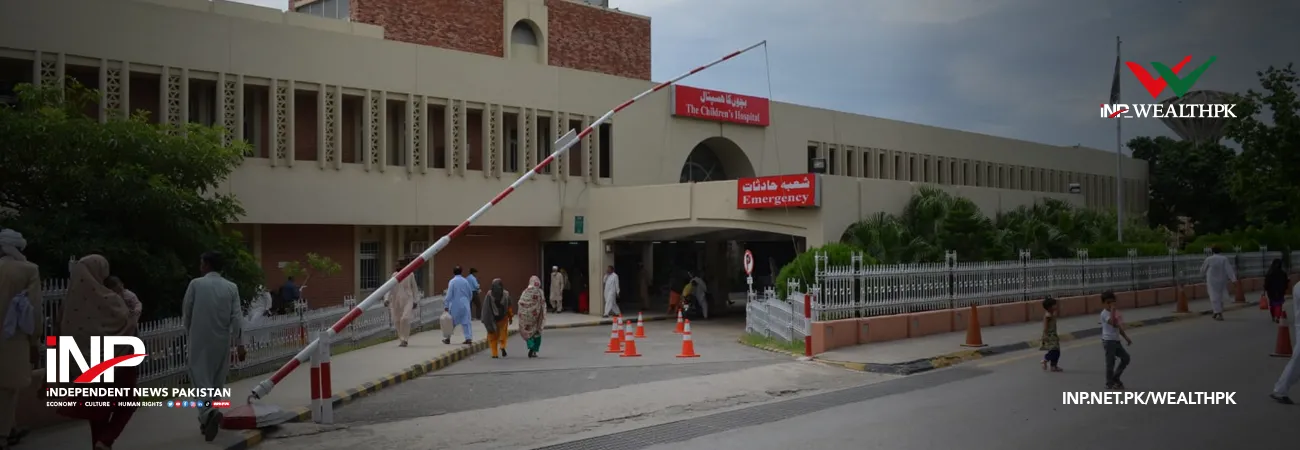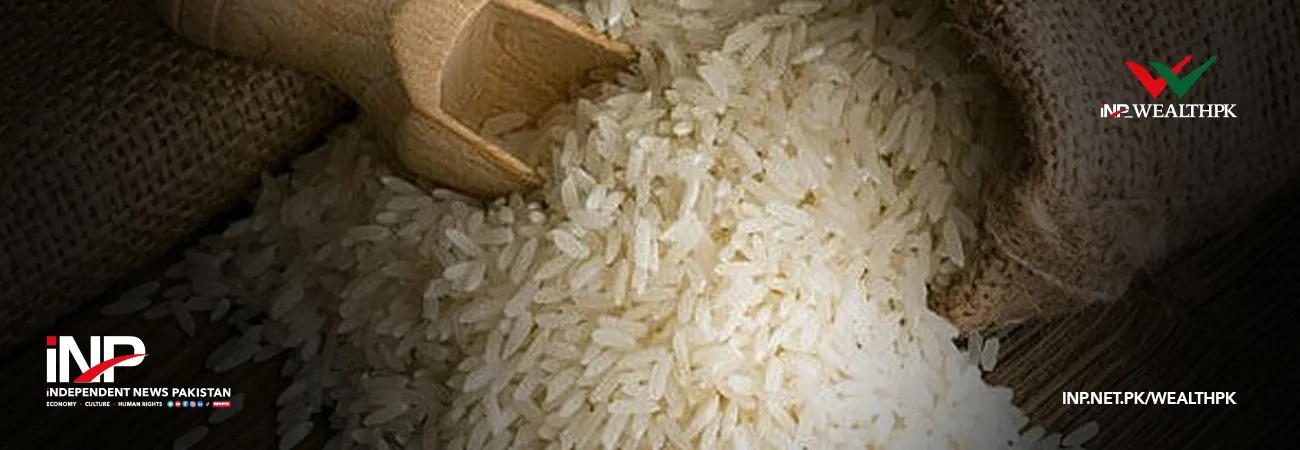INP-WealthPk
Muhammad Asad Tahir Bhawana
The active participation of women in the labour force plays a crucial role in driving economic growth. Given that women comprise nearly half of the working-age population, their non-involvement in the labour force leads to substantial decline in productivity. Within the context of Pakistan, the disparity in labour force participation between genders is one of the most pronounced in South Asia. Globally, men tend to have a higher representation in the labour force than women, with women's global labour force participation rate hovering around 50%, compared to men's 80%. In Pakistan, the proportion of female labour force participation (FLFP) is notably lower compared to men.
The labour force survey conducted in 2020-2021 revealed that approximately 44.9% of the total population constitutes the labour force. Out of this figure, men constitute 67.9% compared to women’s 21.4%. Despite experiencing a gradual increase over time, Pakistan still lags behind peer economies with regard to female labour force participation, positioning it among the countries with the lowest rates. In contrast, its neighbouring countries such as Bangladesh and Indonesia have made noteworthy strides in promoting FLFP. For instance, Bangladesh has witnessed an estimated female labour force participation rate of 37%, primarily driven by the expansion of the ready-made garment sector.
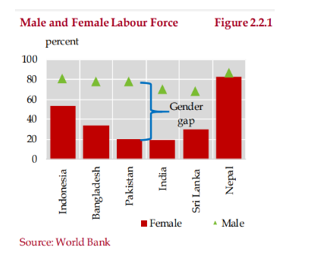
An analysis of employment composition in Pakistan indicates that at lower levels of education, urban men are predominantly involved in construction and services, while urban women are often employed in textile and apparel sector or work as domestic help. However, at higher levels of education, urban women are primarily employed in the education sector, whereas urban men pursue a range of service-oriented jobs in addition to working in the education sector.
In rural areas, both men and women face limited occupational choices. However, women in rural areas experience more pronounced limitations than men. In the informal non-agriculture sector, women predominantly find employment in wholesale and retail trade, as well as community and social services. Furthermore, according to the Labour Force Survey (LFS) of 2020-2021, approximately 29.7% of females are employed as home-based workers. Despite making significant economic contributions, these home-based workers are vulnerable to exploitation, longer working hours and lower wages due to a lack of formal contractual agreements.
Moreover, based on the Global Wage Report 2018-19 from the International Labour Organisation (ILO), women in Pakistan earn, on average, 34% less than men. Although average wages for women have increased over time, they still remain lower than those of men. Additionally, women continue to be underrepresented in managerial positions. According to the LFS, only 5.7% of employed women hold managerial positions.
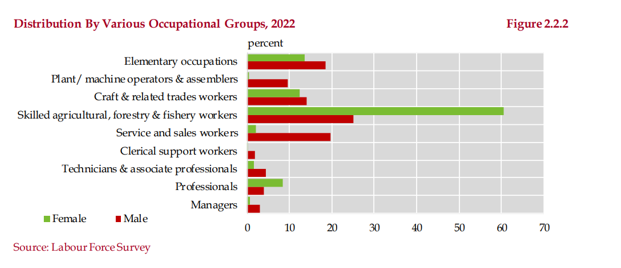
The labour force exclusion of women persists due to several barriers, with low educational attainment being a significant factor. Labour force participation tends to increase as educational levels rise, highlighting the need to bridge the gender gap in education to ensure equal participation in the workforce. Further, access to safe transportation options emerges as another crucial driver of female labour force participation. Women are more likely to accept job offers if transportation is provided, and reducing mobility constraints positively impacts women's job search efforts, even for those who were initially not actively seeking employment.
Digital connectivity also plays a pivotal role in driving female labour force participation. Despite improvements, significant gaps in digital connectivity remain, with Pakistani women being 49% less likely than men to use mobile internet, and only a small percentage reporting its use for work purposes. Bridging these connectivity gaps is crucial for enhancing female labour force participation. Estimates suggest that closing the gender gap in labour force participation could generate 19.3 million jobs and boost Pakistan's gross domestic product (GDP) by nearly 23%. Addressing key areas of reform such as ensuring safe transportation for women, improving documentation of the economy, and promoting educational attainment is critical.
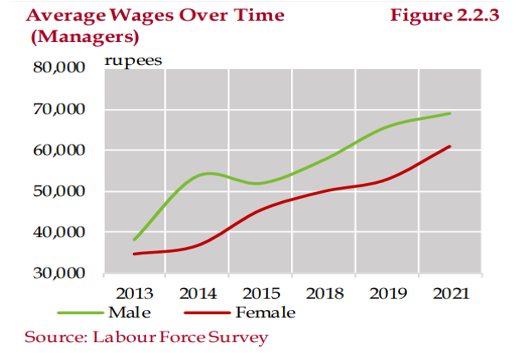
Credit: Independent News Pakistan-WealthPk




